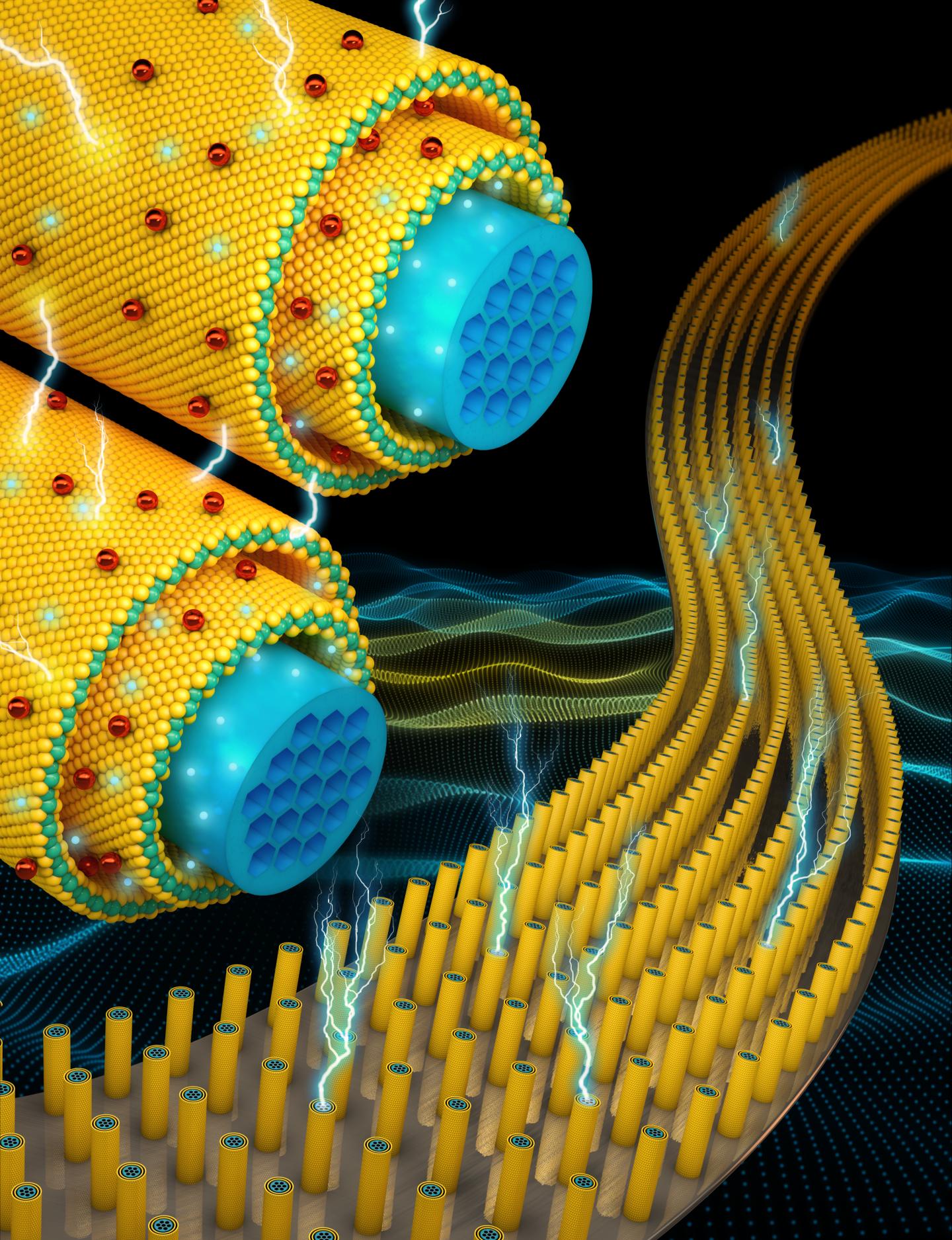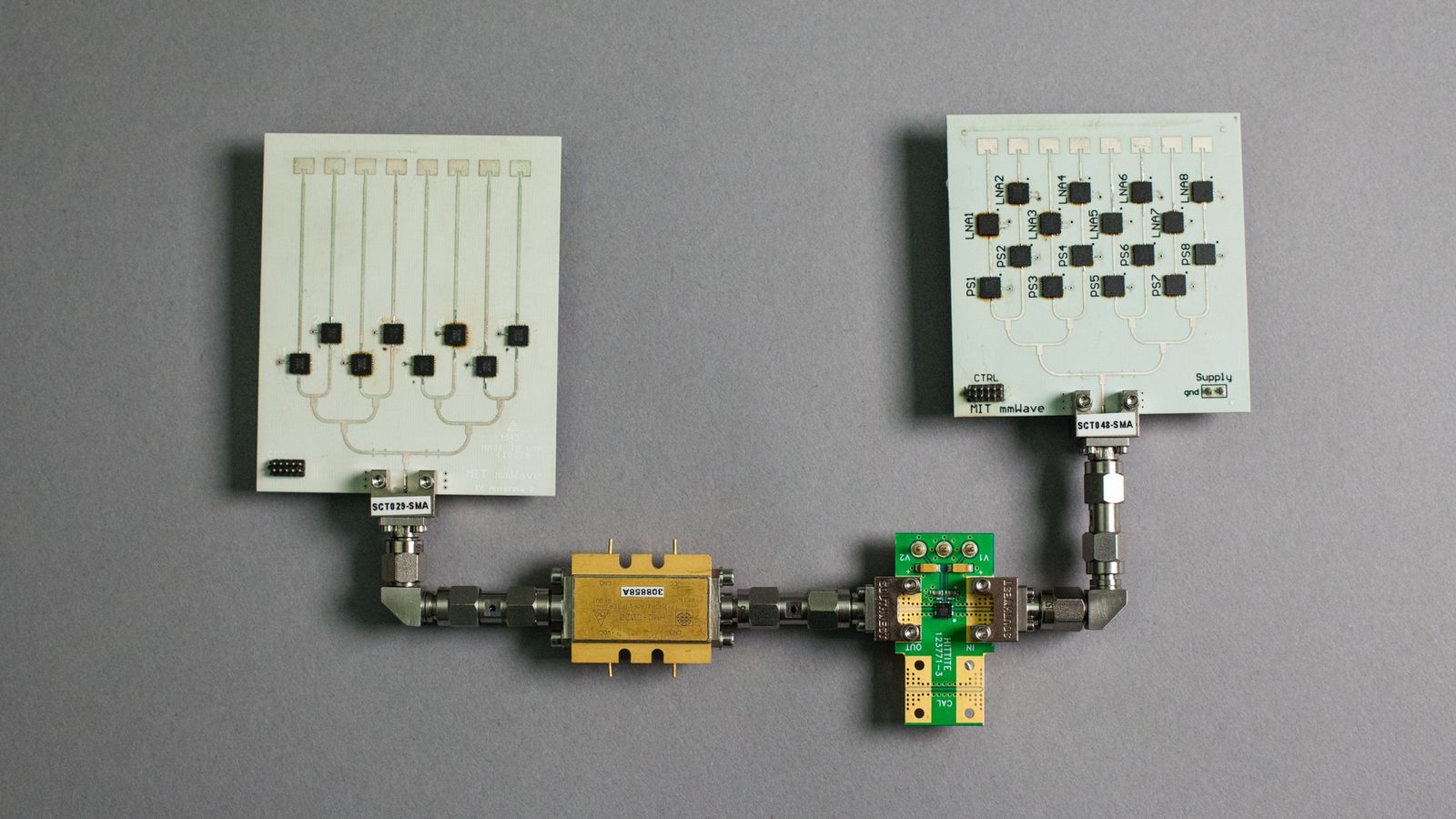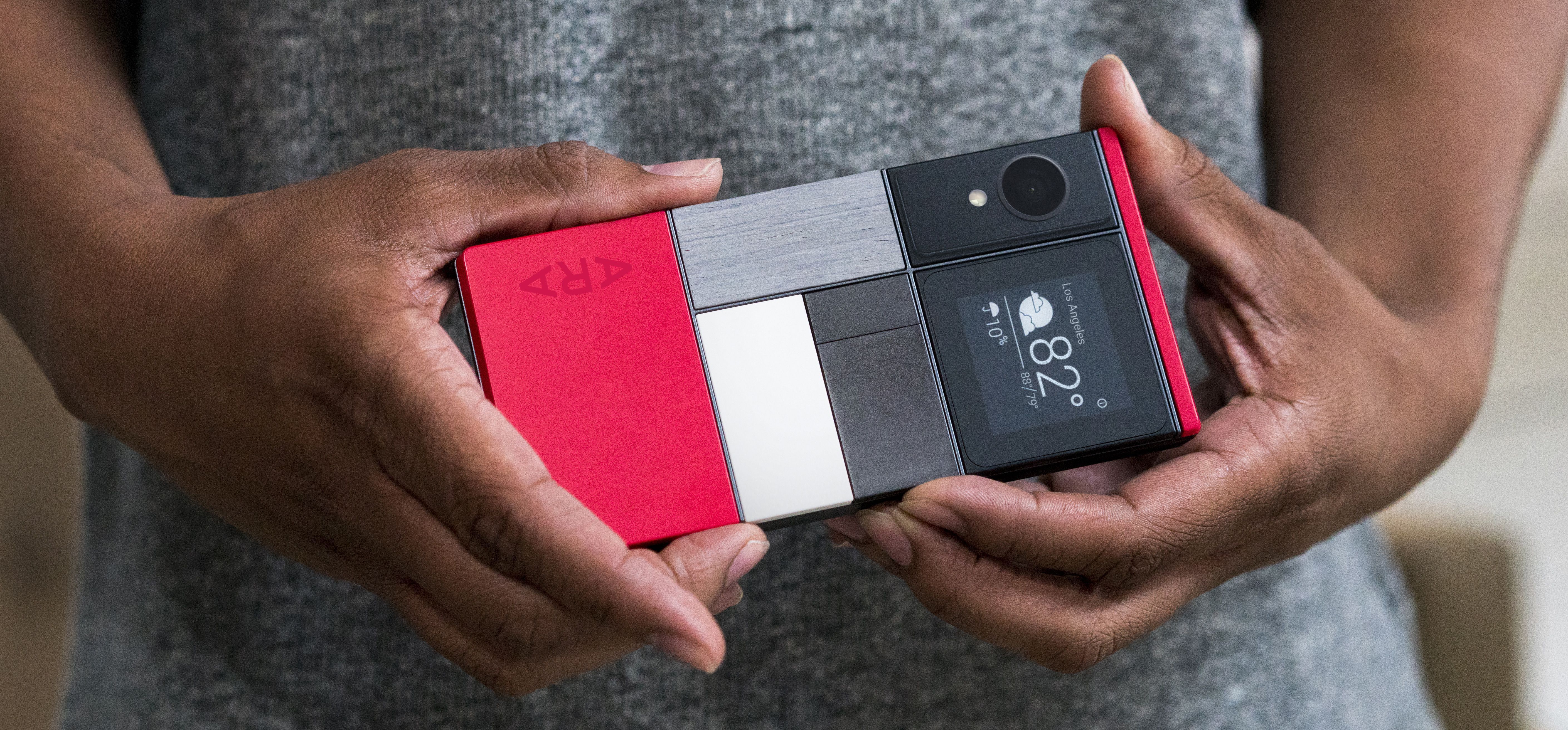I could live with e-paper everything. I’m talking billboards, monitors, keyboards, remotes, watches, phones, and wallets. Yes, we now have an e-paper wallet called the Wonder Wallet. It just launched on Kickstarter. Why an e-paper wallet, you ask? Because e-paper looks cool and because on Kickstarter, anything can maybe become reality with your blind trust.
I don’t have many details on Wonder Wallet, but I do know that users can display an image on their wallet and that it connects to phones through Bluetooth. Do you really want to keep your phone connected to your wallet all day? That sounds like a battery drain to me. Oh yeah, you also have to charge the wallet, although it should last for around three days.








